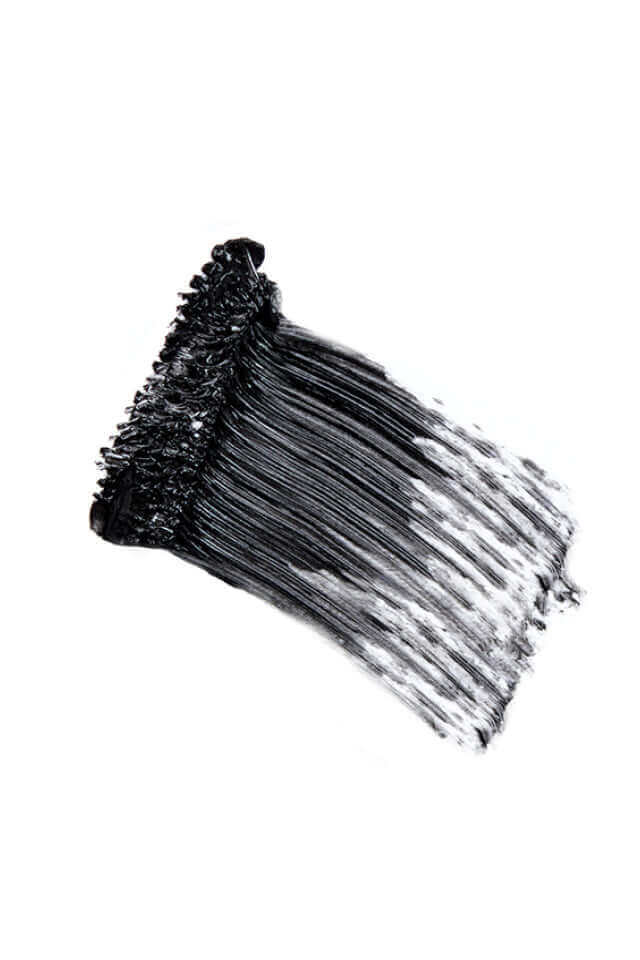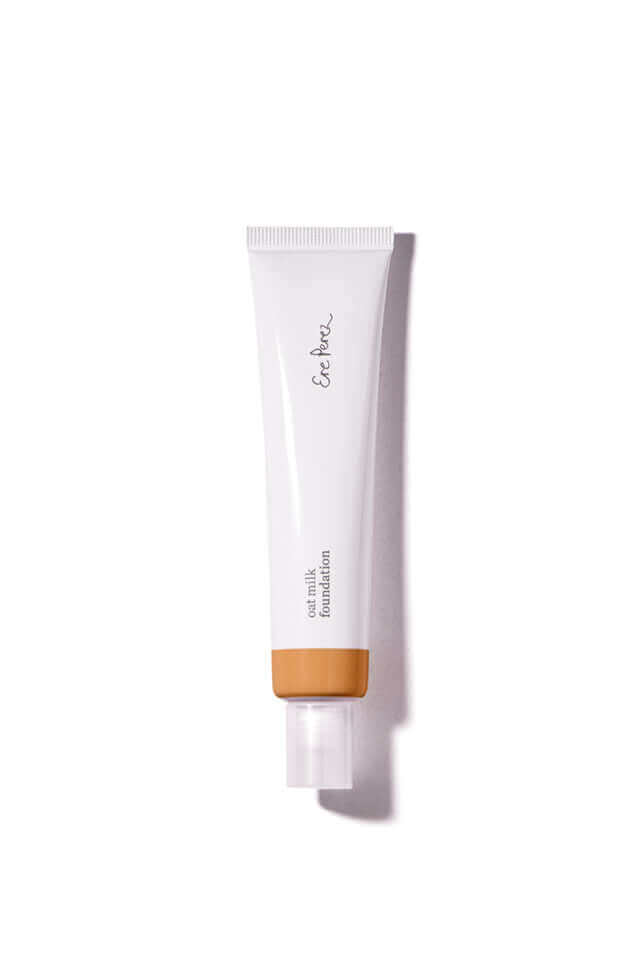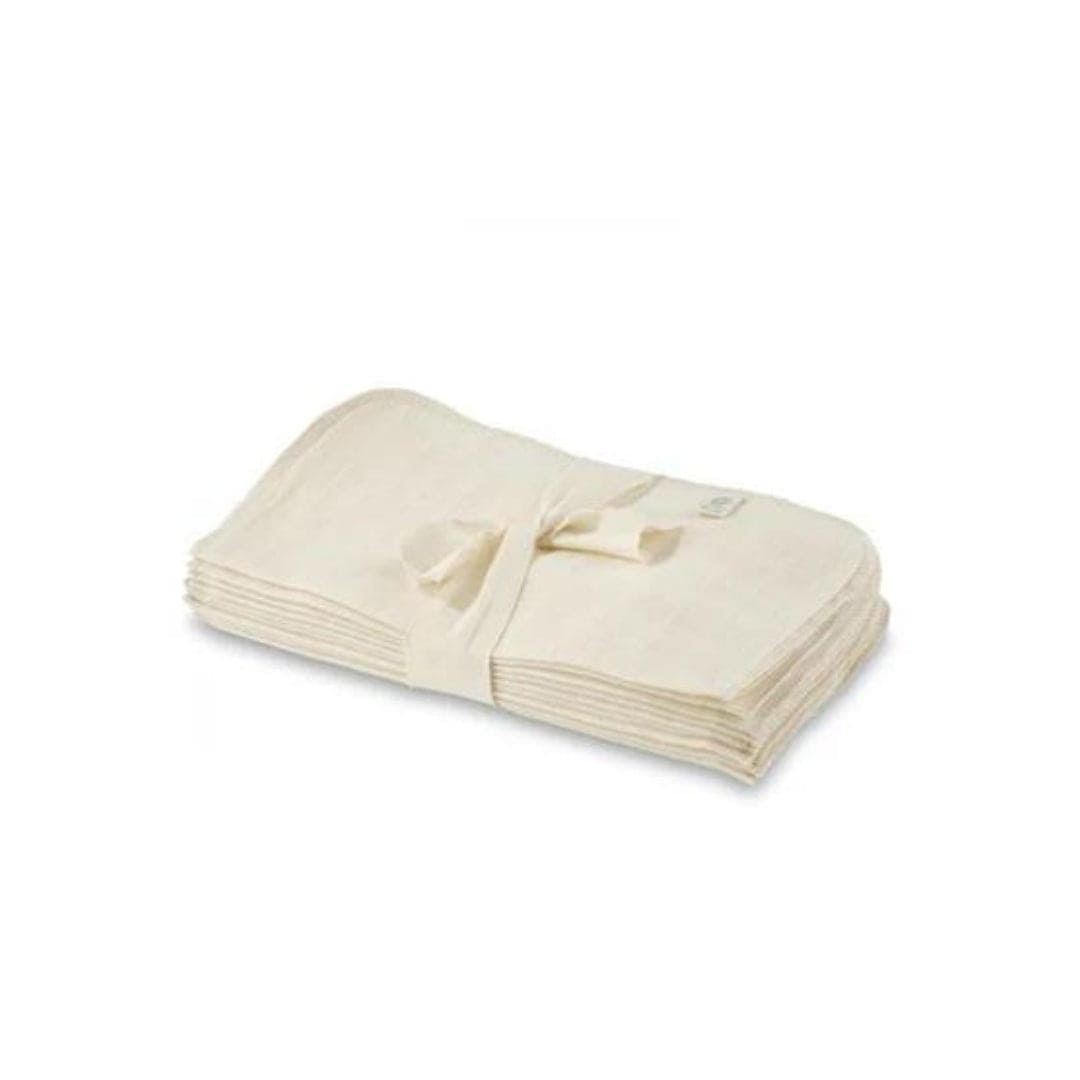Talc-Free Beauty: Pursuing Safety & Clarity

In the world of cosmetics, where beauty is an art form and self-expression knows no bounds, a crucial conversation beckons our attention—a discourse concerning talc powder. This dialogue, sparked by impactful documentaries like 'Toxic Beauty' and 'Not So Pretty,' delves into the complexities surrounding talc powder and its connection to the presence of asbestos in certain cosmetics. With a dedication to separating fact from sensationalism, we embark on a journey to offer insights based on awareness and understanding.
A Fateful Connection
Life is often punctuated by serendipitous moments that reshape our journeys. Such was the case when an unexpected email from Franklin, a representative of The Mesothelioma Center's public outreach department, landed in BAMBII's inbox. This advocacy group is unwavering in its commitment to disseminate comprehensive information about asbestos and the related health implications. Their focus extends to creating awareness and offering guidance for consumers regarding talc usage, including the risks linked to its potential asbestos contamination, even within cosmetic products. Through their guide on asbestos use in cosmetics, they empower consumers with vital knowledge, underscoring the importance of seeking daily cosmetics that are asbestos-free. This synchronistic encounter felt not merely coincidental, but more like the universe steering us towards a purposeful mission of elevating awareness and nurturing understanding.
The Johnson & Johnson Baby Powder Case
The Johnson & Johnson talc baby powder case has been unfolding for over a decade. However, this year brought a breakthrough as Johnson & Johnson agreed to a substantial $8.9 billion settlement to address tens of thousands of lawsuits alleging that talc, a component of their renowned Baby Powder and other products, has led to asbestos-related cancers, particularly ovarian cancer and mesothelioma. This figure significantly surpasses J&J's initial offer of $2 billion, marking a "remarkable victory" according to attorneys representing the plaintiffs(1).
J&J revealed that around 60,000 individuals who had filed talc-related claims agreed to the proposed settlement(2). While the Food and Drug Administration in America says there is a “potential for contamination of talc with asbestos,” but Johnson & Johnson has said its products do not contain asbestos, a known carcinogen. (4).
However, a comprehensive Reuters investigation unveiled that the company had been aware of some products testing positive for traces of asbestos over an extended period. Throughout the years, company executives wrestled with addressing the issue while neglecting to disclose it to regulators or the public(3).
Only last year did Johnson & Johnson announced discontinuation of international talc-based baby powder sales, mirroring their prior decision to halt sales in the United States and Canada due to decreased demand(4). The relationship between this sales decline and heightened public awareness due to lawsuits remains evident.
Talc Regulations in Australia
Amidst the global scope of purchasing cosmetics, Australians face unique considerations when it comes to navigating talc regulations. While the import of asbestos is strictly prohibited in the country, there exists a dearth of information regarding the frequency of testing for asbestos in products imported from other nations. Notably, traces of asbestos have been unearthed in several shipments of crayons coming into Australia, a revelation believed to stem from the use of tainted talc in these products. Taking proactive measures, the Australia Border Force has meticulously targeted imports—particularly crayons—since September 2015 (6). A visit to the Australia Border Force website unveils a list of goods potentially containing asbestos, including the category "Products containing certain types of talc" (7). As Australia navigates the intricate landscape of talc-related regulations, the focus on vigilance and awareness remains steadfast.
Navigating the Beauty Landscape: Transparency and Values
In the beauty industry, staying vigilant is crucial. Companies may introduce TALC-free products while still offering others containing talc, which can lead to consumer confusion. It's essential to look beyond marketing tactics and campaigns to understand a company's true values.
The discussion around talc remains somewhat divisive, with different perspectives.
However, there's a noticeable shift towards alternative ingredients like silica, zinc oxide, and cornstarch and increase interest in rice starch, tapioca starch, kaolin, and rice powder.
At BAMBII, we've taken a firm stance by excluding talc from our products. Nonetheless, we acknowledge that some brands offer makeup products with asbestos-free talc. We continuously refine our standards with these considerations in mind.
Our commitment at BAMBII goes beyond commerce. We're on a mission to drive positive change and contribute to a better world. Your awareness influences the choices you make, and those choices can have a ripple effect. If this article helps even one person make more informed decisions, we've fulfilled our purpose.
//////////////////////////////////////////////////////////////////////////////////////////////////
Asbestos.com Guide
Explore the complete guide at asbestos.com. While the guide primarily addresses the US, it's crucial to recognise that talc-related asbestos concerns span various countries and as we travel its important to know global information. Here's a snapshot from the comprehensive guide:
Asbestos in Makeup
Because talc and asbestos are minerals found close together, when talc is mined it may contain traces of asbestos. Talcum powder is still an ingredient in a number of cosmetics brands. As recently as November 2020, a study found 14% of the talc-containing makeup tested also contained asbestos.
What Makeup Has Asbestos-Contaminated Talc?
Talc is a popular ingredient in makeup, but it has a long documented history of asbestos contamination. Certain brands of children’s and adult makeup have tested positive for asbestos in recent years. Because talcum powder in cosmetics can be contaminated with asbestos, these products can pose serious health risks for consumers. Talc in makeup may cause cancer as a result of asbestos exposure.
In November 2020, the Environmental Working Group commissioned a study of 21 cosmetics samples and found asbestos in three of the samples. The U.S. Food and Drug Administration in 2019 found asbestos in nearly 20% of 52 cosmetic samples collected around the country.
In March 2018, the U.S. Public Interest Research Group said it found asbestos in makeup products Claire’s sold. The group conducted tests on four Claire’s makeup products and discovered high levels of asbestos in three of them. Tests conducted in 2017 found asbestos in children’s makeup sold by retailers Claire’s and Justice.
The Environmental Working Group commissioned the government-licensed Scientific Analytical Institute in Greensboro, North Carolina, to conduct the 2020 tests.
“I could go across the street right now to the mall and pick up talc powder that I know from previous testing, more likely than not, will contain some amount of asbestos.”
SEAN FITZGERALD Director of Research and Analytical Services at SAI
Cosmetic products and brands that tested positive for asbestos include:
- Johnson’s Baby Powder
- Jmkcoz 120 Colors Eyeshadow Palette
- Beauty Glazed Gorgeous Me Eye Shadow Tray Palette
- Beauty Plus Global City Color
- Children’s makeup sold by Claire’s
- Just Shine Shimmer Powder sold by Justice
Why Is Talc in Makeup?
Talc is added to makeup because it creates a soft, silky texture, and it dilutes pigmented products and acts as filler. It is a common ingredient in powder compacts, finishing powders, eye shadows, blushes, foundations and creams.
It is the softest mineral on Earth and is known for its ability to absorb moisture and reduce the appearance of oily skin. For example, talc-based face powders are commonly used on top of cream foundations to “set” the foundation so that it stays in place and looks naturally dry instead of oily and shiny.
Chanel, Revlon and L’Oreal have chosen to remove talc from some, but not all, of their products. No other makeup brands have announced plans to remove talc from their cosmetics.
In 2019, retailers Justice and Claire’s recalled their children’s makeup products that tested positive for asbestos. Beauty Plus Global recalled its City Color products that tested positive for asbestos in 2019 as well. None of these entities have announced plans to stop using talc or stop selling talc-based cosmetics.
Talc is added to many consumer products in addition to cosmetics, including deodorants, powders, soap, feminine hygiene products, contraception devices, pills, textiles, chalk, children’s balloons, clay and crayons.
How Asbestos Ends Up in Makeup
Asbestos ends up in makeup because of poor regulations involving cosmetic-grade talc, which is also known as talcum powder. Talc and asbestos are minerals that form together. That means talc mined for commercial uses can be contaminated with asbestos — a known cause of lung cancer and mesothelioma.
There is a long history of asbestos remaining in talc that is certified asbestos-free. Manufacturers don’t purposely add asbestos to cosmetics, but there is a lack of regulation around cosmetic-grade talc. Because of that relaxed oversight, no one is checking for the presence of asbestos. That means companies can get away with not testing their talc for asbestos before putting it into their products — possibly harming consumers.
The U.S. Food and Drug Administration does not regulate cosmetic-grade talc. The federal Food, Drug and Cosmetic Act of 1938 does not require the FDA to review cosmetic products and their ingredients, with the exception of color additives.
In 1976, the Cosmetic, Toiletry and Fragrance Association (now known as the Personal Care Products Council) asked its members to use asbestos-free talc in their products. While the FDA says that it “considers it unacceptable for cosmetic talc to be contaminated with asbestos,” there are no U.S. laws or regulations that strictly prohibit talc used in consumer products from containing asbestos.
Tips for Avoiding Asbestos in Cosmetics
- Be aware of and avoid brands that test positive for asbestos.
- Buy talc-free brands.
- Don’t assume brands that claim to be asbestos-free, organic or natural are totally free of asbestos.
Simply looking for “all natural” or organic cosmetics isn’t enough to avoid asbestos-contaminated talc. That’s because talc is an all-natural substance. There’s no foolproof way to know if the talc in a product is truly asbestos-free without extensive testing of the individual product. Consumers must look at the product label to see if it contains talc and avoid it if it does.
Certain cosmetic products and brands make talc-free makeup and cosmetics. Online resources are available to find these brands and products. For example, you can use the websites Skin Deep and Made Safe to find talc-free cosmetics.
It’s probably wise to avoid talc in general. Some scientific research indicates talc may increase the risk of uterine and ovarian cancer in women and lung cancer among miners, and mesothelioma cancer. The American Academy of Pediatrics advises against the use of baby powder, which is predominately made of talc, because infants can easily breathe in the powder.
Parents can protect their children from asbestos in makeup by buying only cosmetics free of talc. It’s up to consumers to protect themselves and their children from this risk because the government isn’t doing enough to regulate asbestos.
What Does Asbestos-Free Actually Mean?
The U.S. government decided that products may contain up to 1% asbestos and be labeled asbestos-free. As a result, hundreds to thousands of asbestos fibers remain in products that aren’t considered asbestos-containing materials in the eyes of the law.
The EPA tried to ban asbestos in 1989, but pro-asbestos lobbying groups fought hard to successfully overturn the ban in 1991. The George H.W. Bush administration refused to allow the EPA to appeal. As a result, numerous products on the market contain asbestos, especially building materials such as roofing and flooring supplies.
Asbestos in makeup falls in a grey area of the law. There is no law that regulates asbestos in talc, and the FDA can’t do anything about it unless scientific data shows it is harmful under its intended use. This is hard to prove given the long latency period associated with asbestos-related diseases.
The Mesothelioma Center advises seeking legal counsel from asbestos lawyers if you see signs of mesothelioma after coming into contact with asbestos-contaminated products.
Asbestos.com Brought to you by the Mesothelioma Center, June 20, 2023.
References:
- The Guardian, Johnson & Johnson agrees to pay $8.9bn over alleged cancer-causing talc claims, 5/3/2023
- The New York Times, Johnson & Johnson Reaches Deal for $8.9 Billion Talc Settlement, 4/4/2023
- Reuters Investigation, Johnson & Johnson Baby Powder Knew for decades that asbestos lurked in its baby powder, 14/12/2018.
- The Washington Post, Johnson & Johnson offers $8.9B to settle talc baby powder claims, 4/4/2023.
- Government of Department of WA, Warning after asbestos found in crayons, 14/9/2020.
- Australia Boarder Force, Asbestos.
-
Prospect Knowledge Centre, Now Trending in Search: Talc Alternatives, 12/9/2016
























Leave a comment